After the beginning of autumn, moxibustion can choose acupoints such as Guanyuan, Zusanli, Dazhui, Shenque, Sanyinjiao, etc., which can help warm and tonify yang qi, regulate spleen and stomach, and enhance immunity.
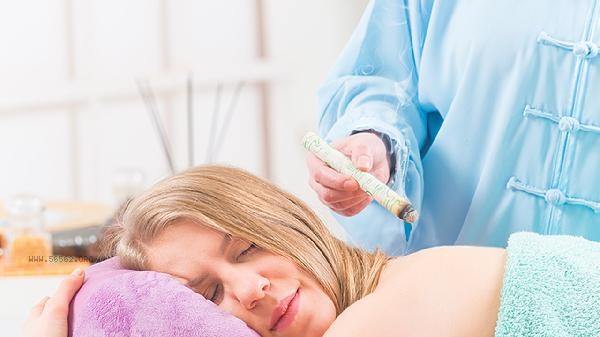
1. Guanyuan acupoint
Guanyuan acupoint is located three inches below the navel, where the body's vital energy gathers. After the beginning of autumn, moxibustion at Guan Yuan point can warm and tonify kidney yang, improve symptoms such as soreness and weakness of the waist and knees, and cold limbs caused by seasonal changes. It is advisable to use local warmth during moxibustion, 15-20 minutes each time, which helps to strengthen the foundation and nourish the body. People with yin deficiency and excessive fire should use it with caution.
2. Zusanli acupoint
Zusanli acupoint is located three inches below the depression on the outer side of the knee and belongs to the Foot Yangming Stomach Meridian. After the beginning of autumn, the spleen and stomach are easily invaded by cold and dampness. Moxibustion of this acupoint can strengthen the spleen and stomach, relieve gastrointestinal discomfort such as loss of appetite, bloating, and diarrhea. Combined with Ai Tiao gentle moxibustion, it can promote the circulation of qi and blood and enhance digestive function. Prohibited for individuals with skin damage.
3. Dazhui acupoint
Dazhui acupoint is located in the depression below the spinous process of the seventh cervical vertebra and is an important acupoint for the Du meridian. Autumn wind cold evil qi is prone to invade the human body. Moxibustion of the Dazhui acupoint can dispel wind cold and prevent problems such as colds and neck and shoulder stiffness. When using the sparrow pecking moxibustion method, pay attention to controlling the distance between the moxa sticks to avoid burns. hypertensive patients need to be cautious.

4. Shenque acupoint
Shenque acupoint, located in the center of the navel, is the place where innate essence and qi are infused. After the beginning of autumn, moxibustion at the Shenque acupoint can warm and unblock the Ren meridian, improve symptoms such as abdominal cold pain and menstrual disorders. Ginger separated moxibustion can enhance the warming and tonifying effect, but diabetes patients should avoid skin damage and infection. Pay attention to keeping the abdomen warm after moxibustion.
5. Sanyinjiao Point
Sanyinjiao Point is located three inches above the tip of the medial malleolus and is the intersection of the liver, spleen, and kidney meridians. Moxibustion at this acupoint in autumn can harmonize qi and blood, alleviate insomnia, dreams, and lower limb edema. It is recommended to use rotary moxibustion, which is contraindicated for pregnant women and women during menstruation. The effect is better when combined with the Yongquan acupoint. After the beginning of autumn, moxibustion should pay attention to keeping warm indoors and avoiding exposure to wind. It is not advisable to take a shower or come into contact with cold water within 2 hours after moxibustion. Warm ginger and red date tea can be consumed to help drive away the cold. It is advisable to apply moxibustion 2-3 times a week. If symptoms such as dry mouth and tongue are caused by excessive internal heat, it should be temporarily suspended. People with a constitution that is too hot or suffering from acute inflammation should not undergo moxibustion. It is recommended to consult a traditional Chinese medicine practitioner for diagnosis and treatment first. Daily health preservation methods such as rubbing the Yongquan acupoint and tapping the gallbladder meridian can be used to enhance the ability to prevent diseases in autumn.


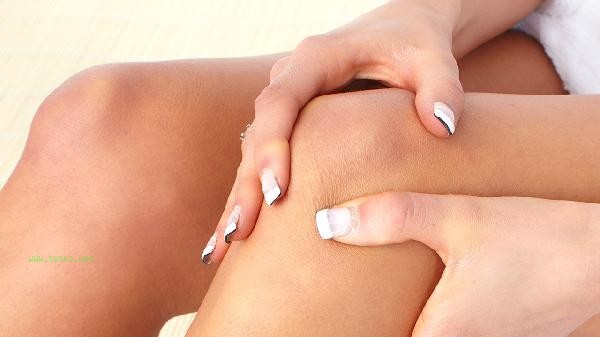
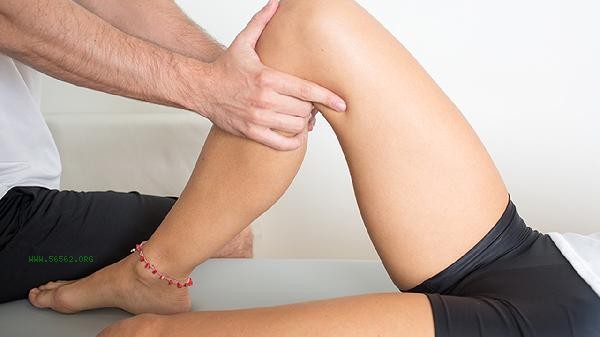
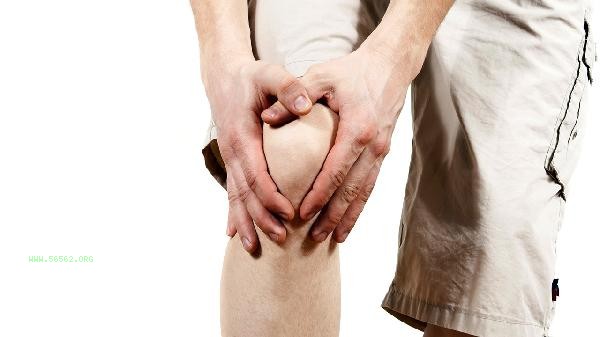
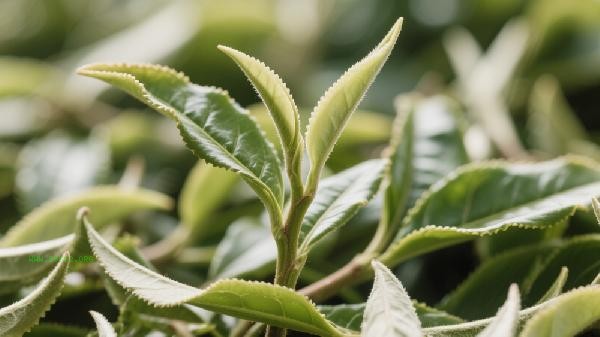
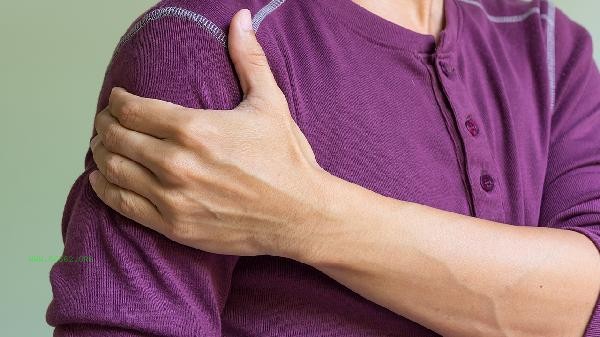


Comments (0)
Leave a Comment
No comments yet
Be the first to share your thoughts!